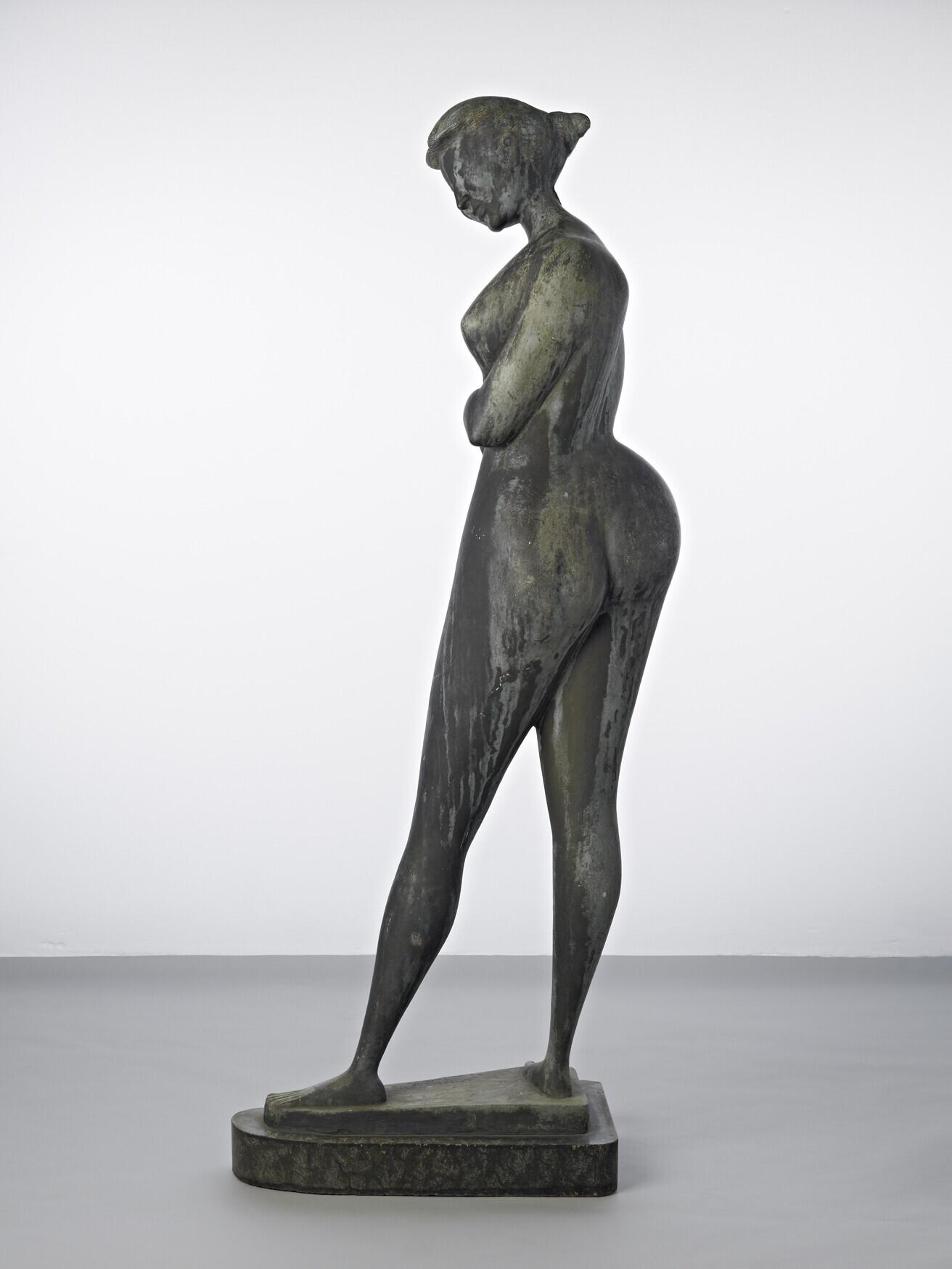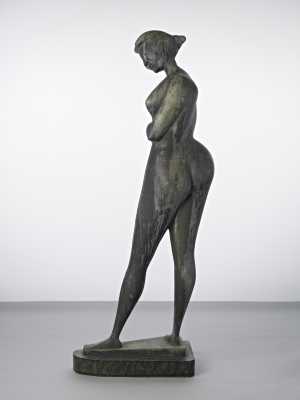‘One of the best from Italy’ is how the Russian-French sculptor Ossip Zadkine (1890-1967) described Marcello Mascherini in 1952. But the Italian sculptor is not nearly as well known outside Italy as his fellow countrymen Marino Marini (1901-1980) and Giacomo Manzù (1908-1991). This is undoubtedly due to the fact that Mascherini did not visit Paris and come into contact with the international art world until 1951, at the age of forty-five.
By this time, Mascherini had already been a celebrated sculptor in his own country for years. In 1938, for example, he had been given his own gallery at the Venice Biennale, where in 1950 he received the prize for the best Italian sculptor. But until at least the 1950s, Paris remained the epicentre of the modern art world. And that was no different for sculpture. From the 1920s, due to Benito Mussolini’s fascist regime, many other Italian artists tried their luck abroad, but Mascherini lived in his native region for his entire life.
Zadkine introduced Mascherini’s work to Paris with a solo exhibition in 1953. Shows in other European cities soon followed. The Italian sculptor Fred Carasso (1899-1969) was an important champion of Italian sculpture in the Netherlands. In 1954, he was involved in organising a large, open-air exhibition of contemporary Italian sculptures in the park behind Museum Boymans, including works by Mascherini. The exhibition Mostra ’54 provided an overview of modern Italian sculpture with no fewer than eighty works by seven artists. It proved a great success, and several museums, government institutions and private collectors purchased sculptures by Mascherini.
The Thalia Theater in Rotterdam acquired Mascherini’s sculpture ‘Uomo che canta’ for its foyer, and several Rotterdam businessmen purchased ‘Nuda che ride’ as a gift for Museum Boymans. When asked about the gift years later, the museum’s then director, J.C. Ebbinge Wubben, said: ‘The choice of Mascherini was that of the donors. I don’t think I would have chosen it myself.’ Bram Hammacher, the director of the Rijksmuseum Kröller-Müller at that time, did not share his colleague’s taste: he had purchased a work by Mascherini in 1953 for the museum’s garden. It was the first modern Italian sculpture in a Dutch museum collection.
Mascherini’s sculptures have a highly distinctive form. Although they are always figurative, realism was never the artist’s goal. The human figure was rather a vehicle for the development of a personal formal language. Mascherini’s style developed throughout his career. In the early years, he experimented with classicist sculptures in the manner of Aristide Maillol (1861-1944). He found a lasting source of inspiration in the bronzes of the ancient Etruscans, which he described as having ‘an almost musical sense of harmony and a universal rhythm’.
In the 1950s, he developed the smoothly polished, slender figures for which he is best known. ‘Nuda che ride’ is a good example of these later works, which are characterised by stylised limbs, flowing lines and elongated legs. The head, hands and feet, on the other hand, are extremely small and slender, giving the figure as a whole an elegant refinement. Because of the emphasis on contour and silhouette, the sculptures have a highly graphic quality. Movement is suggested by angular and occasionally acrobatic postures. The fact that Mascherini worked exclusively in bronze aided him in this: ‘When I think of a figure in bronze, I see it alive and mobile. I almost feel the inner pulse of real life on the surface of the model.’

Marcello Mascherini
Udine 1906 - Padua 1983


